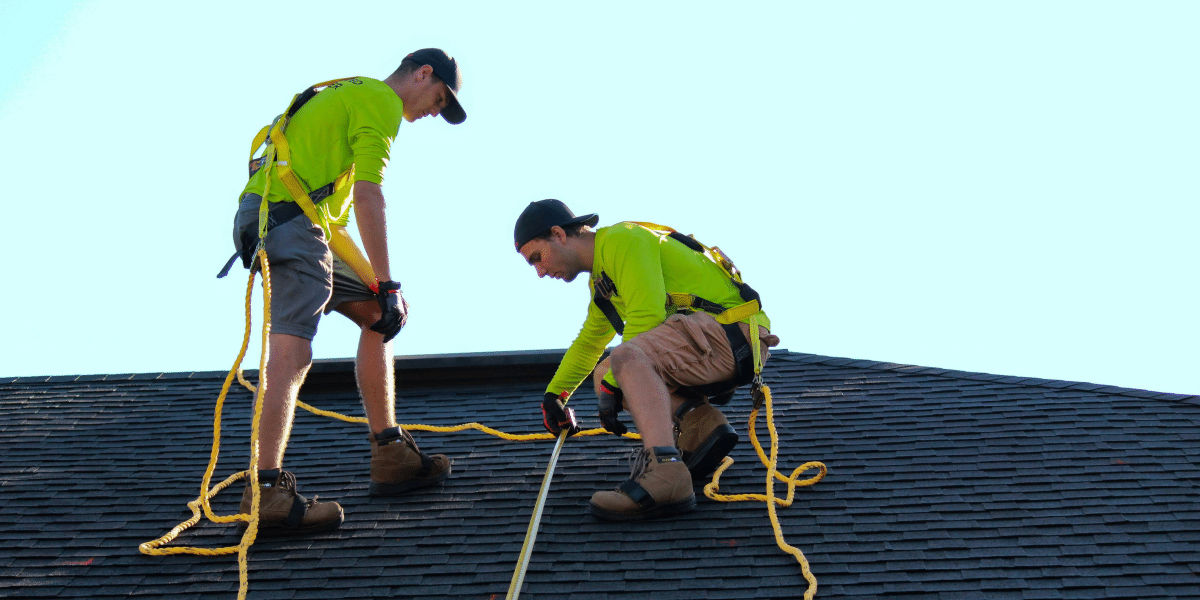By: greenmatch.co.uk
Switching to solar energy is a great investment for your modern ranch house. It helps reduce your electricity bills and minimizes your carbon footprint. However, before you jump into installation, there are several factors to consider.
Here’s a simplified guide to help you make informed decisions about installing solar panels on your modern ranch house.
1. Assess Your Roof’s Suitability
Before deciding on getting solar panels, make sure that your roof can handle it. You don’t want to have any problems with its installation as well as in its efficiency.
First, check the condition of your roof. Solar panels last for around 25-30 years, so your roof should be in good shape. If your roof needs repairs or replacement soon, take care of that before installing solar panels.
The orientation and tilt of your roof can impact the efficiency of your solar panels. In the U.S., south-facing roofs are usually great for solar energy production. A tilt angle between 15 to 40 degrees works well for many locations. This ensures optimal solar panel efficiency.
2. Evaluate Your Energy Needs
Look at your current energy usage. Check your electricity bills to understand how much energy you consume each month. This will help you decide how many solar panels you need.
Consider any future changes in your energy needs. For example, if you plan to buy an electric vehicle, you’ll need more electricity. Make sure your solar system can handle these future demands.
It would be best if you could get an expert consultation to properly determine your needs. Get in touch with experts like these Chicago solar power experts to learn more.
3. Understand Local Regulations
Before installing solar panels, you’ll need to get some permits. Check with your local government about the permits required for solar installations. Some areas have specific zoning laws that may affect your installation.
You should also know about the incentives and rebates that come with solar installation. Many states offer incentives and rebates for solar installations. These can significantly reduce your costs. Research federal, state, and local incentives available to you.
4. Choose the Right Solar Panels
Solar panels come in various varieties, including thin-film, polycrystalline, and monocrystalline. The more costly and efficient solar panels are monocrystalline ones. Although polycrystalline panels are more expensive, they are marginally less efficient. Although they can be more affordable and versatile, thin-film panels have low efficiency.
Check the efficiency ratings and warranties of different panels. Higher-efficiency panels generate more electricity. Most solar panels come with warranties ranging from 10 to 25 years. Choose panels with a good balance of efficiency and warranty.
5. Select a Qualified Installer
Choose an installer with experience and proper certifications. Look for certifications from organizations like the North American Board of Certified Energy Practitioners (NABCEP).
Read reviews and ask for references from past customers. A reputable installer will be happy to provide references.
6. Think About System Size and Placement
The size of your solar system depends on your energy needs and roof space. A typical home needs a 5 kW system, which requires about 20 panels.
Decide where you want to place the panels. Roof installations are common, but you can also install them on the ground or other structures like carports. Know about the pros and cons of the different placements so that you can properly determine which one works for your property.
7. Grid Connection and Net Metering
Connecting your solar system to the grid allows you to use electricity from the grid when your panels aren’t producing enough power. Ensure your installer handles this process.
Net metering lets you sell excess electricity back to the grid. Check if your utility company offers net metering and understand how it works.
8. Battery Storage Options
Adding battery storage to your solar system allows you to store excess energy for use when the sun isn’t shining. This can be especially useful during power outages.
There are different types of batteries, such as lithium-ion and lead-acid. Lithium-ion batteries are more efficient and have a longer lifespan but are more expensive.
9. Financing Your Solar System
You can buy your solar system outright, take out a loan, or lease the system. Buying the system gives you many benefits but requires a significant upfront investment. Loans and leases can make solar more affordable but may reduce your long-term savings.
Calculate the total cost of your system and the expected savings on your electricity bills. This will help you determine the return on investment (ROI) for your solar system.
10. Maintenance and Monitoring
Solar panels require minimal maintenance. Keep them clean and free of debris. Regularly check for any damage or issues.
Install a monitoring system to track your solar panel performance. This helps ensure your system is working efficiently and alerts you to any problems.
If you need help in doing the maintenance, local solar companies usually provide these kinds of services. It would be best to have experts do the monitoring and maintenance to ensure that it is done right. DIY work can be good but you don’t want to damage your solar panels as they cost a lot of money.
11. Environmental Impact
One of the main advantages of solar energy is its positive impact on the environment. By switching to solar, you reduce your reliance on fossil fuels and decrease your carbon footprint.
Installing solar panels contributes to a more sustainable future. Use sustainable practices during installation, such as recycling packaging materials and minimizing waste. Promote the use of solar panels as well as other types of eco-friendly energy sources to lessen the pollution in the environment.
Investing in Solar for Your Modern Ranch House
Installing solar panels on your modern ranch house is a fantastic way to save money and help the environment. By considering these 11 factors, you’ll be well-prepared to make good decisions for your solar installation. Ready to take the next step? Contact a local solar provider today to start your solar energy journey.
By following this guide, you’ll be well on your way to enjoying the benefits of solar energy in your modern ranch house. Happy solar hunting!
Published by: Martin De Juan

















